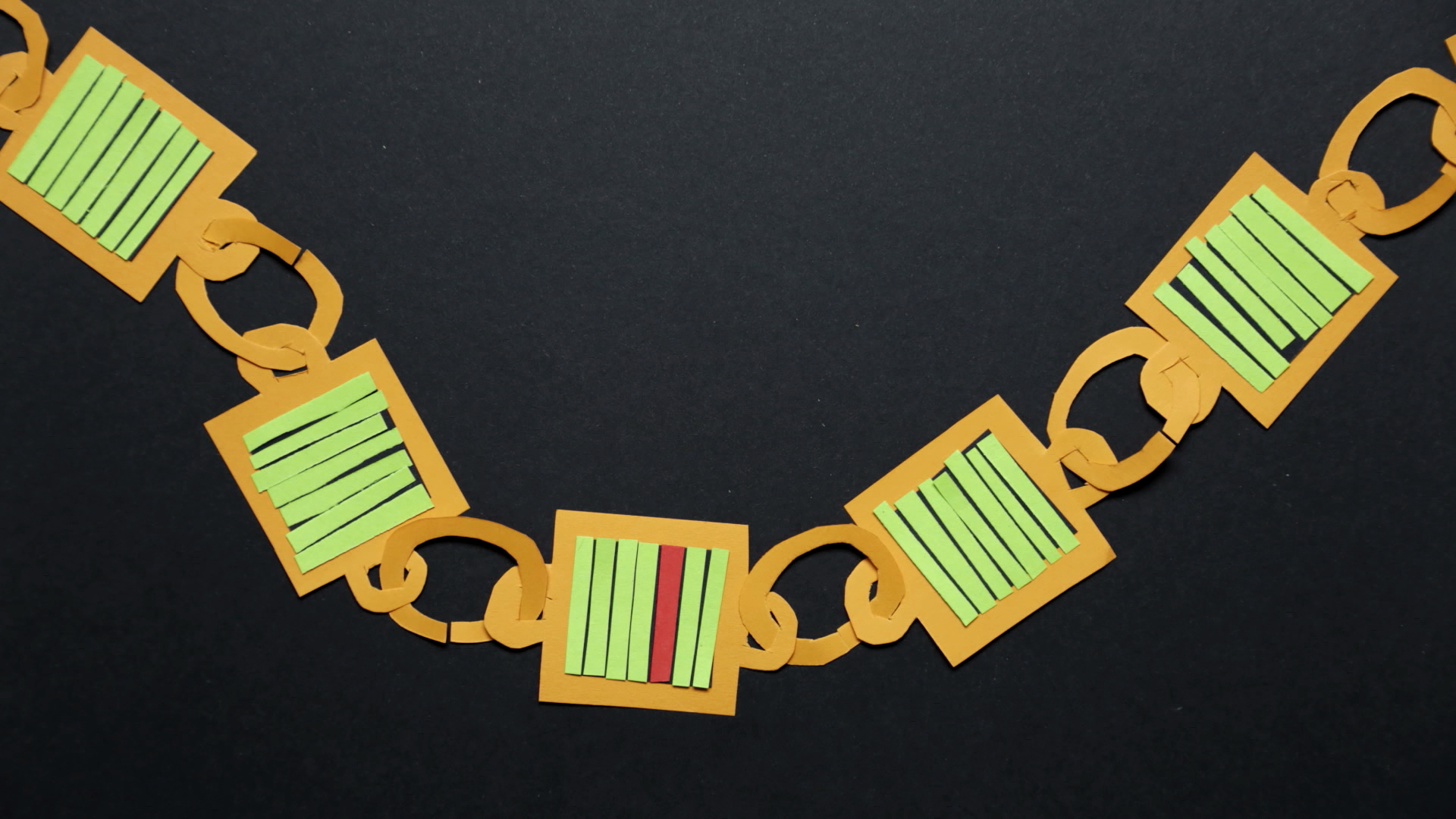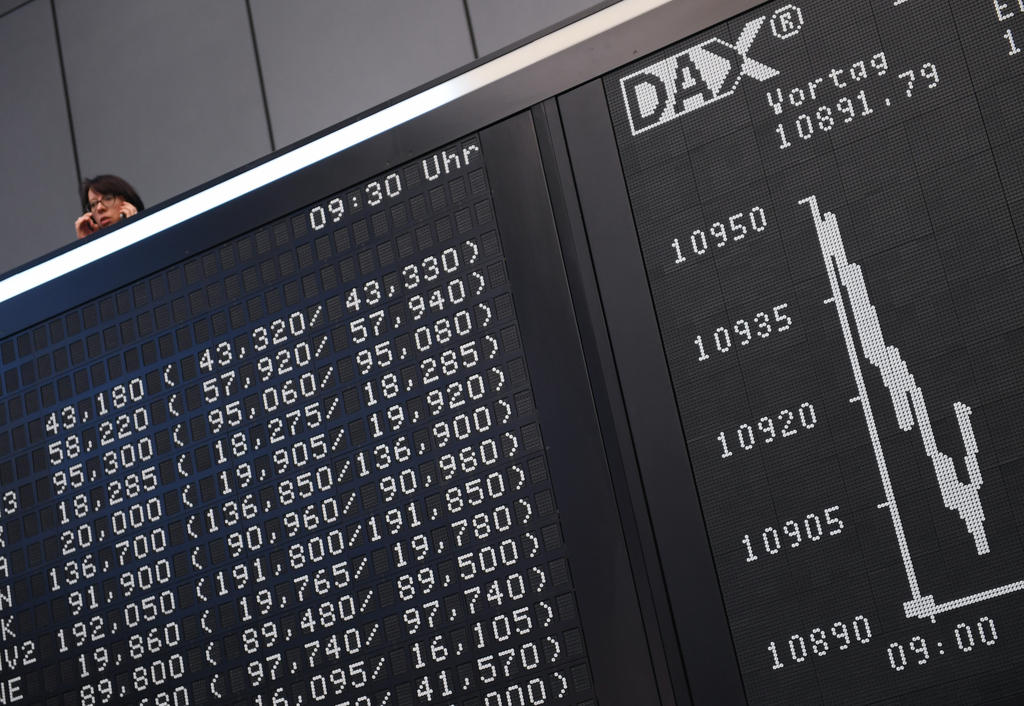The blockchain revolution emerges on main street

When blockchain was first announced in 2008, it promised to revolutionise the way we manage and transact data. It has taken businesses a decade to get their heads around the technology, but the first use cases are starting to appear.
A resort in eastern Switzerland is encouraging skiers to take an ownership stake through digital micro-shares. The Weisse Arena GruppeExternal link (WAG), which runs the Flims Laax FaleraExternal link resort, is issuing these shares on a distributed ledger technology (DLT) platform. Loyal customers are rewarded with stakes in the company when, for instance, they buy annual ski passes.
The fate of other local businesses and even housing prices are tied up with the success of the resort. The idea is to forge closer links with the local community and attract repeat customers by giving them a share of profits and a voice on future strategy.

More
Explained: The technology behind bitcoin and blockchain
The secret sauce of DLT platforms such as blockchain, is to allow groups of people to safely transact data (be it money, financial instruments or personal information) directly to each other.
Rather than paying middlemen to stand between transacting parties, acting as auditors and referees, the digital system allows users to collectively agree on the validity of the data. This promises instant settlement times (as opposed to days) and a reduction in costs.The Weisse Arena Gruppe issues shares on the DauraExternal link register powered by a DLT system from telecoms giant SwisscomExternal link. So-called ‘crypto shares’ are embedded with ‘smart contracts’ – computer code that replaces the function of brokers, custodian banks and other intermediaries when they are bought and sold. This brings sellers and buyers in direct contact, allowing for instant peer-to-peer transactions.
The ski resort also plans to issue its own cryptocurrency, GURU (Greatest User Return Unit), a kind of private money to be used at the resort’s facilities. People converting their francs to GURU would be offered discounts in restaurants or other facilities if they pay with the tokens.
The interest in DLT goes beyond ski resorts.
The blockchain building
In March 20% of a building in the Swiss town of Zug was converted into digital shares and sold to four investors for CHF3 million ($3 million) using a blockchain platform. This was the first property tokenisation and transaction of its type in Switzerland – and may well be followed by others in the near future.
Digital tokens representing ownership rights in the property was issued on the blockimmoExternal link platform. Elea LabsExternal link ensured that the property data was valid and genuine. A cryptocurrency pegged 1:1 to the Swiss franc and issued by Swiss Crypto TokensExternal link was used to perform the transaction. This so-called stablecoin was employed to avoid wild price fluctuations associated with other cryptocurrencies.
Many of the tasks currently performed by intermediaries (lawyers, notaries etc) can be replaced with smart contracts – a much faster way of rendering transactions or distributing rental income as dividends. Another advantage is that digital shares of properties can be more easily divided up into smaller chunks, allowing investors with shallower pockets to put their money into bricks and mortar.
The blockchain provides all parties with a chronological history of a property’s ownership with real-time updates that can only be validated with the consent of multiple counterparties. Swiss law is in the process of being adapted to recognise the transaction of digital only shares without handwritten signatures.
The paperwork buster
Starting a company involves mountains of paperwork and a host of third parties to approve each stage of the process. A consortium of legal practices has teamed up with blockchain services provider ProxeusExternal link and IBMExternal link to cut the time of creating a firm from weeks to a couple of days.
The first company, Drakkensberg, was set up within two hours during a pilot last year. This was made possible thanks in large part to a special deal with a bank to speed up the financial transactions, but even without this arrangement other firms have been set up within 48 hours.
Rather than bouncing multiple copies of paperwork between numerous lawyers and banks and waiting until each registration stage has been processed, blockchain gives all parties a complete overview of the procedure so that the multiple steps in the chain can be carried out simultaneously.
The ambitious aim is to establish 100 companies by the end of August and to turn the process, which is currently being piloted with unpaid hours from lawyers, into a permanent commercial service.
Blockchain oil shipments
The KomgoExternal link consortium of traders, banks and inspection firms is using DLT to streamline the ‘know your customer’ (KYC) process and the financing of commodity shipments. A typical sea cargo generates 240 copies of 36 original documents spread between 27 intermediaries.
The DLT network employs algorithms to enable counterparties to agree on the validity of data without the need for intermediaries. Parties can instantly agree that they are holding exact copies of the same data, which both speeds up the process and avoids disputes at a later date.
Each party keeps its sensitive data behind a firewall and sends relevant information directly to other users within the network when needed.
Rather like piecing together a jigsaw, the network also builds a real-time picture of the cargo’s progress for all parties involved in the shipment to view.
The Geneva-based network went live at the start of this year to better connect banks, which finance shipments, with traders. It cooperates with the London-based Vakt DLT platform that handles other parts of the commodities trading chain.
Forecasting the most likely economic impact of blockchain and other DLT systems continues to divide opinion. A 2015 report by the World Economic ForumExternal link predicted that 10% of the world’s economic output could be stored on blockchain by the year 2027.
Research by consultancy firm McKinseyExternal link last year found 90 business applications for the technology among major industries but predicted it would take between three to five years for this to be realized at scale.

In compliance with the JTI standards
More: SWI swissinfo.ch certified by the Journalism Trust Initiative













You can find an overview of ongoing debates with our journalists here . Please join us!
If you want to start a conversation about a topic raised in this article or want to report factual errors, email us at english@swissinfo.ch.